Samurai no Kokorō-e: Precepts of the Samurai
From “Flashing Steel” by Masayuki Shimabukuro and Lenard J. Pellman
More ==>
Bushidō was formulated in writing by Yamaga Soko in 1685-after which it was the primary moral teachings, and way of life, in feudal Japan for over two hundred years during the Tokugawa period. A blending of the warriors creed (bukyo) and the samurai’s-way (shidō) into the Way of the Warrior (bushidō).
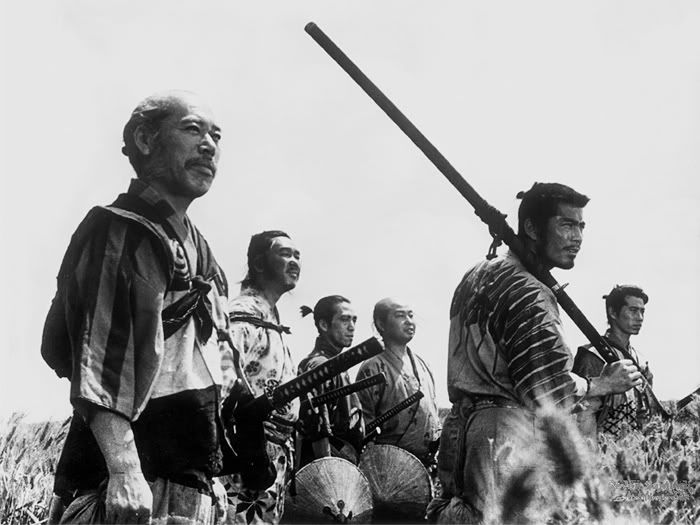
“Seven Samurai” by Akira Kurosawa
Modern Bushidō has been adopted by many as a way toward peace and harmony amid an ever changing world.
In an excerpt of James Williams’ article “Virtue of the sword”, a fairly simple explanation of modern bushido can be found:
The warrior protects and defends because he realizes the value of others. He knows that they are essential to society and, in his gift of service, recognizes and values theirs… take the extra moment in dark parking lots at night to make sure that a woman gets into her car safely before leaving yourself. Daily involvement in acts such as these are as much a part of training as time spent in the dojo, and indeed should be the reason for that time spent training… When faced with a woman or child in a situation in which they are vulnerable, there are two types of men: those who would offer succor and aid, and those who would prey upon them. And in modern society, there is another loathsome breed who would totally ignore their plight!
From Wikipedia entry “Bushidō”.
Samurai women also had a code of conduct and honor. Instead of seppuku they would practice for years with their kaiken (short dagger) which they carried with them at all times. Used to defend themselves and their families–or in the worst circumstances used to commit jigai (cutting the throat) rather than to be captured. They were usually in the role of homemaker and mother, but there are many examples in the history of Japan of women warriors who were respected, and feared, by the samurai they commanded. One famous example is Lady Masa (Masako) the wife of the first Kamakura shogun, Minamoto Yoritomo.
During her husband’s lifetime she wielded immense influence and after his death she virtually ruled the empire. This seems to be the only recorded instance in the history of Japan when the supreme power was wielded by a woman who was neither Empress nor Empress-dawager. Nominally, of course, Lady Masa did not rule, but her power and influence were very real.
Gerald Mere in “Japanese Women, Ancient and Modern.”
The most identifiable thing about ancient samurai is their sword. Considered by many to be the perfect embodiment of the warrior’s weapon.

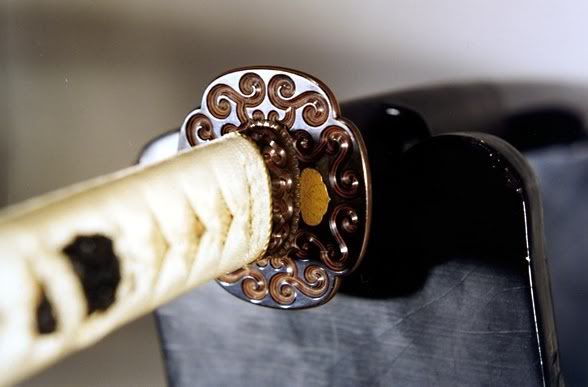
The study of the use of the sword, iaido nowadays is purely an exercise of mind. Intense concentration and focus are needed to do quick and close practice with a sword–with the sword kept under complete control at all times.
(replay this in reverse then forward, then reverse…)
Well that’s it for now, Heiwa.

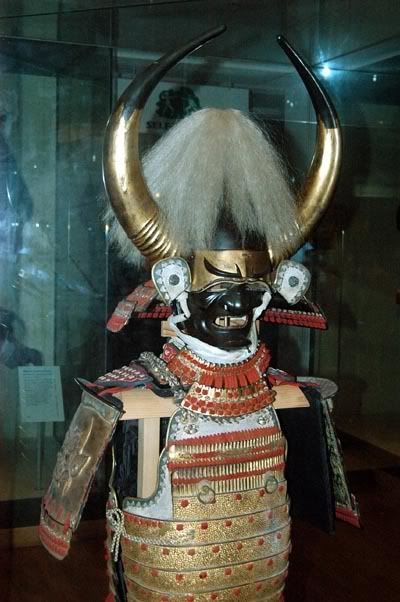
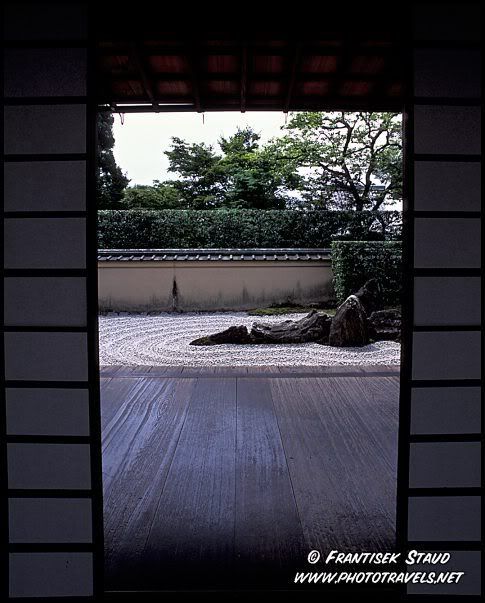
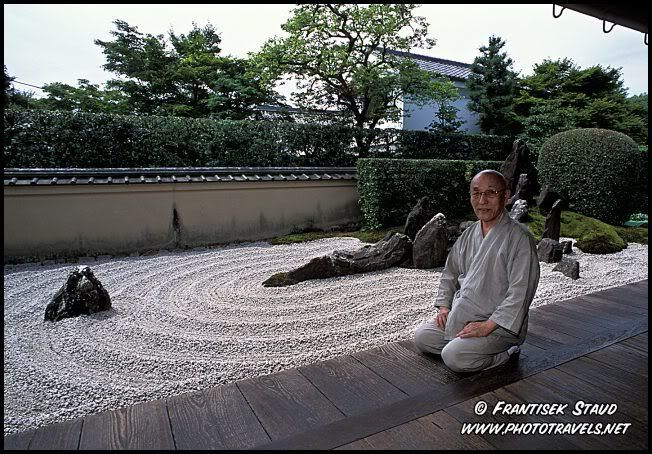

8 comments
Skip to comment form
Author
If you get knocked down, always get back up.
Just printed it out and stuck it on the cork board over my desk.
Author
When it read Bushid? it sounded like ID cards required by Bush.
Bushiō has helped me immensely by teaching me how to relax. Mostly Aikido and Iaido with some Kendo and Karate, but I’m a dilettante–never belted in anything. But the Zen philosophy stuck with me.